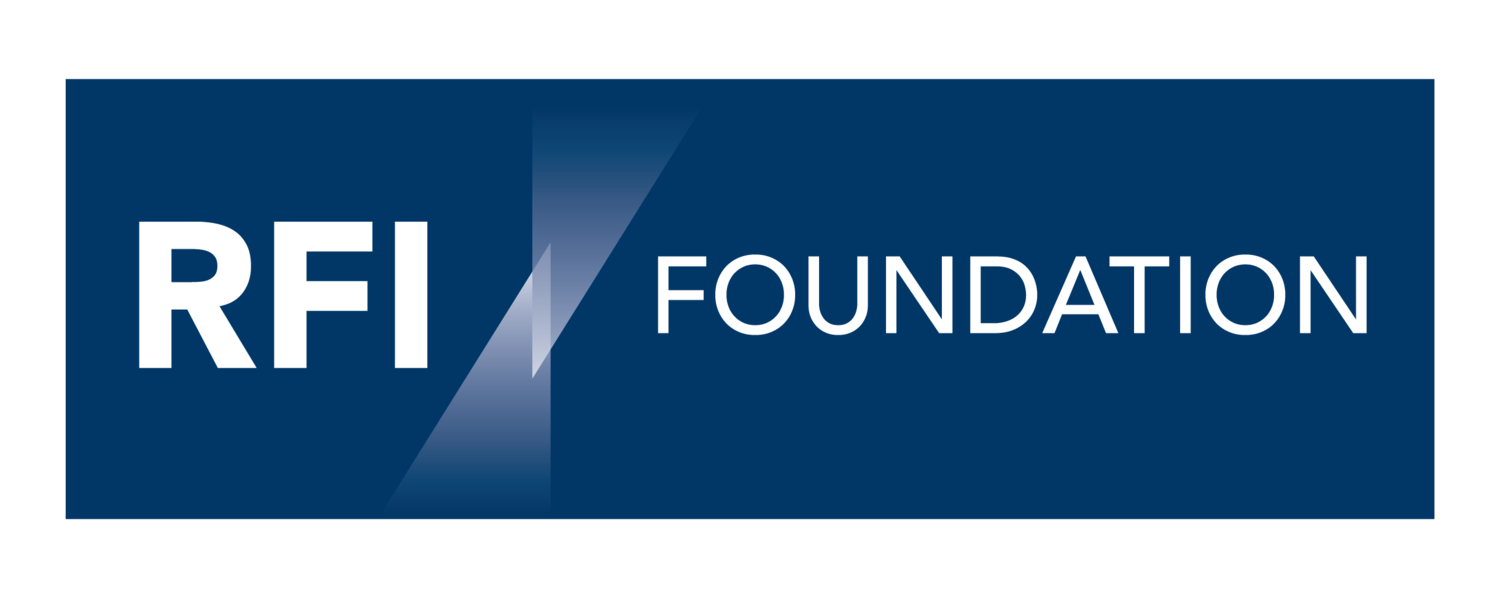RFI Newsletter Articles
Filter by date
Filter by topic
- ACMF 1
- AI 2
- ASEAN 3
- ASEAN Taxonomy 2
- Banking Supervision 1
- Biodiversity 2
- Blue Economy 3
- Blue Finance 1
- Blue Finance Challenge 1
- COP28 3
- CSRD 2
- Carbon Credits 1
- Central Asia 1
- Climate 1
- Climate Disclosures 6
- Climate Mitigation 4
- Climate Risk 21
- Climate Scenario Analysis 2
- Climate Stress Test 3
- Climate risk 1
- Coal Phase-Out 1
- Credit Ratings 1
- Derisking 2
- ESG 6
- Emerging Markets 13
- Emissions Intensity 1
- Ethical Finance 1
- FinTech 3
- Financed Emissions 6
- Financed Emissions Data 7
- Financial Institutions 9
- Financial Materiality 1
- Financial Shocks 1
- Financial Stability 2
- GCC 2
- GHG Protocol 1
- GVI Hub 3
- Global Stocktake 1
- Green Bonds 3
- Greenwashing 2
- ISSB 1
- Institutional Investors 1
- Islamic Banking 3
- Islamic finance 2
- Just Transition 5
- MAS 1
- MENA 2
- MSMEs 1
- Maqasid 1
- NGFS 3
Financial institutions need to identify what impact they want to have on climate, nature & Just Transition
Financial institutions looking to make progress on their climate, nature and ESG priorities have seen expectations rise from investors, regulators, customers, and other stakeholders. No longer can they just release a sustainability report with glossy photos that highlight their community involvement. Financial institutions are now expected to lay out a clear strategy and show progress on implementing it, with a Just Transition plan to mitigate any adverse social impacts that could result.
It will be important to set out a set of adaptable principles to support decision-making. It will not be enough to have decisions guided only by data; they will also have to be guided by a positive objective that takes into consideration a much wider range of impacts besides just financial impacts on companies, investors and financial institutions.
During a recent MIFC Leadership Council event in London, Sultan of Perak Nazrin Muizzuddin Shah highlighted that improving transparency through disclosure can be a catalyst for change, but Islamic finance should go beyond this. He specifically called out “the fulfilment of the higher social and humane objectives captured by the concept of Maqasid al-Shariah” and the need “to avert harm and to promote benefit”.
As financial institutions apply the new data sources, they will need to balance two key constraints inherent in the data. On the one hand, they will face mandatory requirements that stipulate specific methods for calculating the data they disclose. Banks will have to invest in technology to help collect, manage, analyze and report on mandated climate disclosures, which will result in single-point estimates of data such as Scope 1, 2 and 3 emissions for customer activities or similar metrics for nature loss.
The over-reliance on data (only) can lead financial flows astray, especially if these quantitative requirements are hard-coded into regulation. Financial institutions will always have some regulations they must follow, regardless of the outcomes they produce. In most cases, however, the regulation will not be as black-and-white and will allow for business judgment by financial institutions.
The Institutional Investor Group on Climate Change (IIGCC) released guidance for investors to use asset-level Scope 3 emissions data that includes the recommendation that “without qualitative context, in the current data landscape, taking a blanket approach to Scope 3 across an investment portfolio could risk incentivising decision-making that is not necessarily aligned with mitigation of climate change and its associated financial risks.”
Climate change mitigation is not just about reducing emissions, it is about doing so in a way that syncs with commitments to reverse nature loss and produce a Just Transition. The decision-making process of banks and investors needs to address all three objectives (climate mitigation, reversing nature loss, and a Just Transition) using information about the qualitative context behind the climate data they use, and more importantly within a decision-making process that places value on the outcomes.
Climate and nature will be integrated into banking supervision in OIC markets faster than most banks expect
WWF have released their latest update to their evaluation of central bank and financial supervisors’ policy responses on sustainability, climate and nature issues. Among the six OIC countries covered (Indonesia, Malaysia, Morocco, Saudi Arabia, Türkiye and the UAE), there was wide variability in the ways that sustainability, climate and nature risks are being addressed. Policy responses among OIC countries and across the 47 countries covered showed no correlation with countries’ income levels.
New Guidance On Nature Targets Will Increase Finance For The ‘Blue Economy’
New guidance from the Science Based Targets Network provides companies with a framework for assessing their impact on nature and helps them set nature-related targets
Nature risk impacts half of all global economic activity, and the blue economy where the RFI Foundation’s Blue Finance Challenge is focused, has been particularly challenging for financial institutions
As financial institutions increase their focus on nature risk – including risks related to the ‘blue economy’ – they will rely on technology to provide tools to measure, manage and disclose risks as well as to improve their ability to offer innovative solutions like ‘blue finance’
Emerging Market Banks Are Highly Vulnerable To Nature Risk
Financial institutions in emerging & developing markets have 45-55% of their financing assets exposed to at least one ecosystem service risk
Nature risks are often linked with climate risks, which has raised regulatory concerns about their impact on financial stability risks, as well as microprudential risks that banks should consider
Because nature risks are so embedded throughout global supply chains, they may attract capital to mitigate the risks that have been more limited in response to climate change, and banks will need to understand the sources of their nature & climate risks

